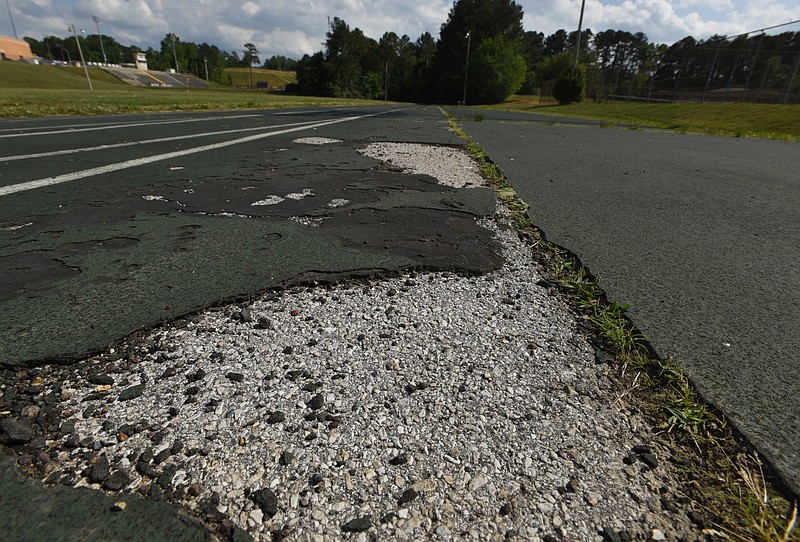With a group of unanimous votes last week, the Hamilton County Commission approved spending $30 million in federal American Rescue Plan (ARP) money, including close to $10 million on projects requested by individual members.
Other than their agenda session the previous week when commissioners could elaborate on items on their list, no public meetings were held on the spending.
Commissioners were given several weeks to submit projects they felt were worthy, were not told how much they could request or how much money was available, and were told that the county's finance department would alert them if the items they requested could not be funded due to requirements put on the money by the federal government.
The money was part of the $71.4 million Hamilton County received from the American Rescue Plan, which was passed in 2021 by Democrats in Congress ostensibly as COVID-19 relief.
Though national financial experts on the right and left have acknowledged that the amount of money in the stimulus plan is a factor in the inflation ravaging the country, cities and counties have been only too happy to spend the money allotted to them.
"It was a windfall of money," commission Chairwoman Sabrena Smedley, a Republican, said. "It was an opportunity to get [requests] in," and it had "to be spent in a certain time. I'm not one to get in there and go on a spending spree like that," but it was said to be for "notable, needed projects."
District 9 Commissioner Steve Highlander, a Republican, said he understood if commissioners didn't make requests, the money would be reallocated to other areas. So, he said, he wanted his district to get "our piece of the pie."
"I am awfully conservative on spending," he said. "I am careful with my own money," so he said he wanted to be careful with the county's money.
As it turned out, Highlander could have asked for a lot more. He requested lights and bleachers for the track at Central High School, an amount of $280,000, and a special washer/dryer for the Highway 58 Volunteer Fire Department, an amount of $14,000.
"I never heard an exact amount of money [that could be spent]," he said. "If I'd known, I might have delved a little deeper. What I asked for was a lot less" than most other commissioners.
District 6 Commissioner David Sharpe, a Democrat, for instance, requested more than $2 million for various projects in his district, while District 4 Commissioner Warren Mackey, a Democrat, asked for $2 million to help fund the initial work in the Westside revitalization project.
The district-specific amounts ranged from $2.2 million in Sharpe's district to $190,127 in Randy Fairbanks' District 1.
Smedley and Highlander said they were unaware of any submitted project that did not get funded, but she acknowledged that she'd made some preliminary calls before submitting her requests and learned that one of her top projects could not be funded with the ARP money.
She said many of the commissioners had been in talks about the needs for specific items long before the funds came along.
Sharpe, according to Smedley, had been trying to get playground equipment for Red Bank Elementary. Mackey, she said, had been working with the Chattanooga Housing Authority on money for the Westside project. And she said she had had talks with officials at East Hamilton about finishing the school's track and had talked with officials for "over a year" about an amphitheater at the school.
Some $5 million of the funds allocated last week will go to projects at various Hamilton County schools, reducing at least some of the district's $1 billion in deferred maintenance and capital improvement needs.
We don't quibble with where the majority of the money is going but wish there had been a little more opportunity for members of the public to weigh in on the spending other than if they had happened to notice the items on the commission's July 13 posted agenda.
Highlander, despite making among the smallest requests among commissioners, said he thought the process was "a fair way of doing it."
"I'm appreciative" of the money, he said.
Smedley had a similar sentiment.
"I'm glad we got to do it," she said. "I don't know when [the specific projects] would have gotten done otherwise."
According to the county, about $69.9 million of the $71.4 million has been allocated, leaving $1,519,573.
We're sure a commissioner or county official will have an idea about how to spend the rest.
